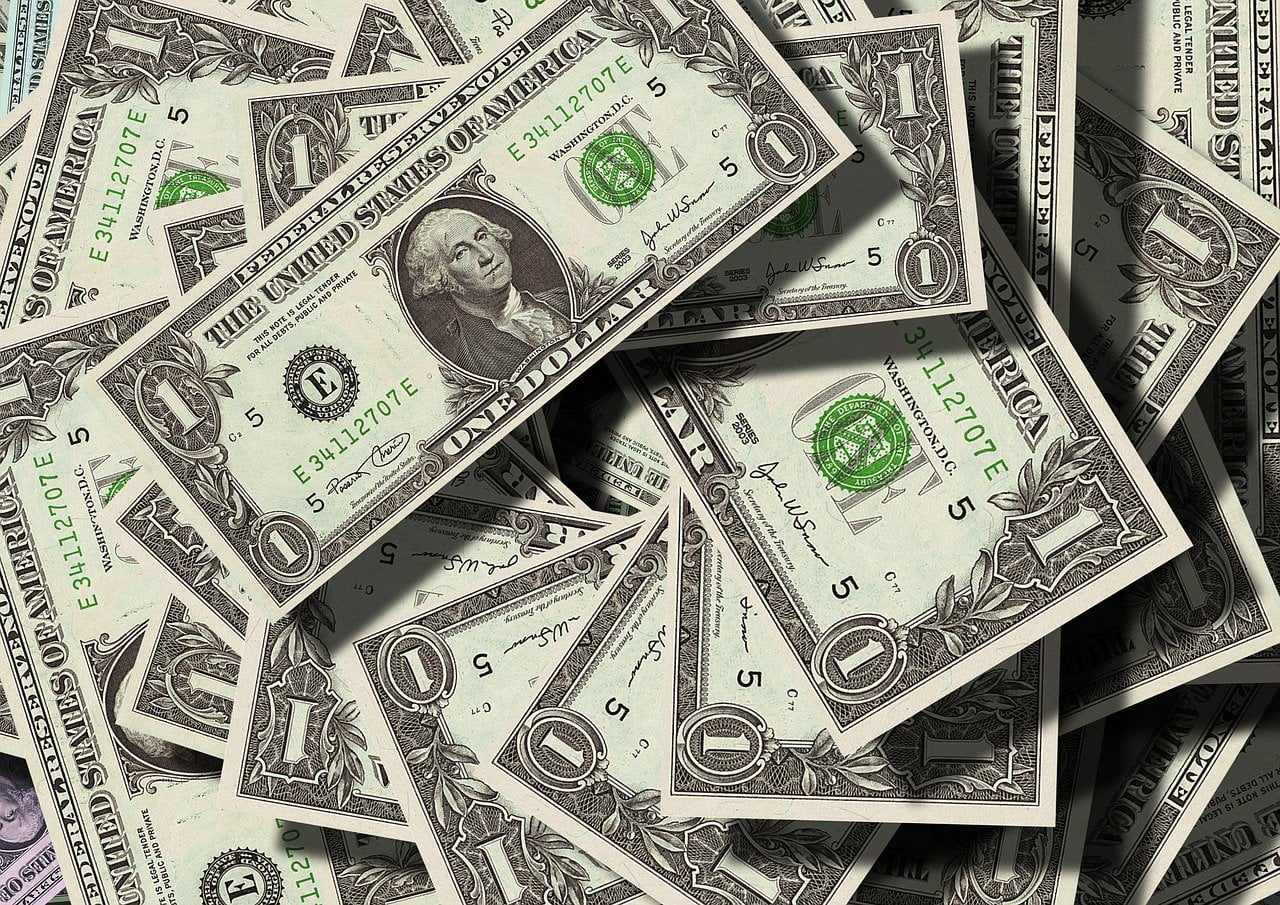In midst of the Fed’s long-awaited paper on digital currencies and the talk of a possible Fed-issued digital dollar, Fed vice chairman Randal Quarles asserted at the Utah Bankers Association convention that such proposal must be subjected to careful scrutiny.
Q1 2021 hedge fund letters, conferences and more
Not on the digital dollar bandwagon
There is growing discussion in the U.S. over creating a digital dollar, and Quarles made his sentiments clear on the idea. Outweighing the benefits, “a Federal Reserve CBDC could pose significant and concrete risks,” he said.
Those in favor of a digital dollar issued and backed by the Fed argue that, among several benefits, it could expedite transactions on digital payment platforms ––especially overseas–– and offer the unbanked or underbanked access to such systems.
However, Quarles counters that, with the issuing of a digital dollar, the public could bypass traditional banks and go straight to the Fed for digital money. Further, all the benefits for users that stem out of bank competition could dwindle, should the Fed drift further into that territory.
“As we begin our Fed analysis of these issues, I will have to be convinced that a CBDC is a particularly good tool to address either of these issues, about which I am skeptical, and I will especially have to be convinced that the potential benefits of developing a Federal Reserve CBDC outweigh the potential risks,” he said.
In an attempt to snuff out emotions, Quarles said, “Before we get carried away by the novelty, I think we need to subject the promises of a CBDC to careful critical scrutiny.” He added that any proposal to create a U.S. Central Bank digital currency must meet “high standards.”
Dollar, already highly digitized
One of Quarles's main arguments is that the dollar is already “highly digitized.” He showed himself skeptical that a CBDC could contribute to financial inclusion or a reduction in banking costs. He said that some of these issues could be better tackled through other initiatives, such as widening the access to low-cost bank services.
On a similar line, Thomas Barkin, Richmond Fed president, showed himself cautious by saying, “We already have a digital currency in this country, it’s called the dollar … So if you’re gonna enhance the digital currency, you have to decide for what reason. I still haven’t heard a good story about what we’re trying to accomplish.”
Quarles also noted that cyberattacks pose a critical risk, which would force the design of a fraud-proof system, which, in his own eyes, could be difficult to design.
As quoted by MarketWatch, he also backed his argument by addressing the cryptocurrency subject: “Bitcoin and its ilk will almost certainly remain a risky and speculative investment rather than a revolutionary means of payment, and they are therefore highly unlikely to affect the role of the U.S. dollar or require a response with a central bank digital currency.”






